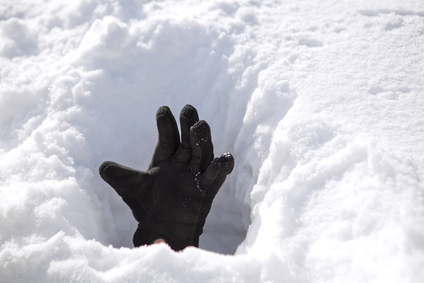Hypothermia

Hypothermia is a condition that occurs when your core body temperature decreases below normal. This can be happened if you are exposed to cold winds and wetness. Your body begins to shiver automatically to re-warm itself. Since your energy is used for keeping the body warm, you may reach to a point where your body in not able to re-warm it. If you left it untreated, your body will slowly shut down and you can even die.
This life-threatening condition happens when your body loses more heat than it produces. This causes your body temperature to drop below 95 degrees Fahrenheit. The main causes of hypothermia is the exposure to cold water and air for a long period of time.
Symptoms
You can protect yourself against hypothermia by being aware of the common symptoms and taking action before you treat it. Progressive symptoms include:
- Irrational behavior
- Apathy (for instance, the victim does not take care of her or his needs)
- Confusion
- Loss of Coordination. This can start with difficulties, such as trying to zip one’s jacket or tying one’s shoe laces.
- Slurred speech
- Mild shivering. It is an initial sign of hypothermia.
Preventing Hypothermia
You can prevent hypothermia if you protect yourself against wet clothes, cold winds, fatigue and dehydration. Here are a few ways to avoid Hypothermia.
- Do not over-exert
- Drink plenty of water
- Protect yourself from snow, rain and wind. (Wearing those clothes which block moisture and wind)
- Stay Dry
- Dress warmly, in layers. Hypothermia can occur from immersion as well as air cooling.
- Stay Calm
- Eat high-energy snacks
Treatment
Take action as soon as you recognize hypothermia in someone. Immediately seek medical help if the patient is unconscious. In case after medical help has been sent or then follow the below steps:
- Move the patient to shelter. Make sure to be kind and gentle with unconscious victims. Their hearts are sensitive and fragile to jarring.
- Remove the wet clothes of victim and replace it with dry, warm garments.
- You can also give the victim a warm cup of liquid to drink if he/she alert enough to hold the cup. Sugary drinks are specifically helpful.
- If the victim is conscious, moderate exercise, for instance walking will help in generating heat.
- If the victim is unable to exercise or he is unconscious, then place the patient in a sleeping bag for speedy re-warming.

